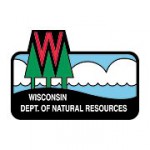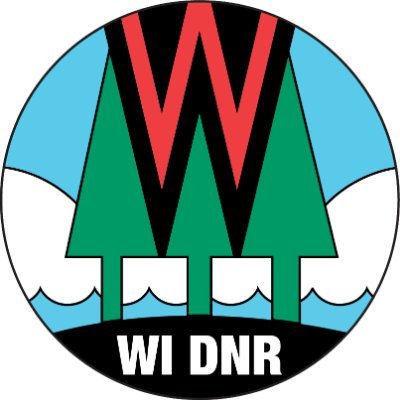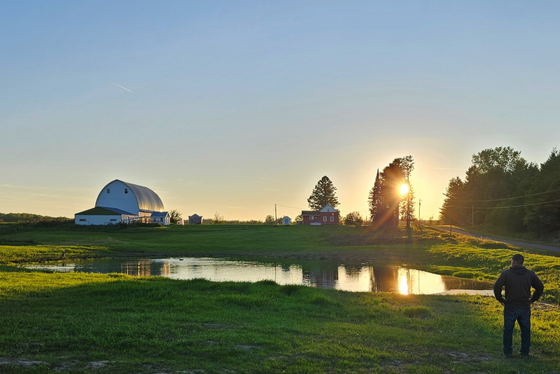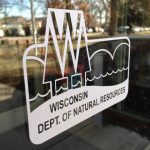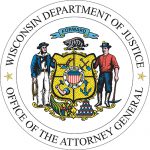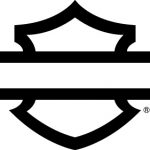DNR Seeking Public Input On Great Lakes Beach Listings
MADISON, Wis. – The Wisconsin Department of Natural Resources (DNR) is asking the public to help update Wisconsin’s Beach List to keep people safe on Great Lakes beaches this summer.
Each year, the DNR’s beach program contacts residents, local beach managers and public health departments along Wisconsin’s Great Lakes coasts to determine any changes needed to the Wisconsin Beach List and program information.
Public comments and local knowledge of Wisconsin’s Lake Michigan and Lake Superior shorelines provide the best information about our 53 miles of coastal beaches and how people interact with them.
“Public comments ensure the Wisconsin Beach List reflects locally used names, along with the status of beaches and boat launches due to changing natural conditions and public access points,” said Diane Packett, DNR beach program manager. “We’d like people to let us know if any beaches are missing or not properly identified on the list and if there are boat launches that are no longer active and should be removed.”
This year’s proposed list reflects the relocation of the swimming area at South Shore Beach in Milwaukee County and the initiation of weekly monitoring at Communiversity Park in Brown County and Sugar Creek County Park in Door County.
The federal Beaches Environmental Assessment and Coastal Health (BEACH) Act is an amendment to the Clean Water Act that requires all coastal states, including Great Lakes states, to develop programs for effective water quality monitoring and public notification at coastal recreational beaches. The U.S. Environmental Protection Agency provides grants to participating states to develop and implement a statewide beach program. To maintain Wisconsin’s eligibility for funding under the BEACH Act, state programs must provide an opportunity for public comment when changes to the list or monitoring program occur.
All Wisconsin beaches along the Lake Michigan and Lake Superior shorelines are identified and prioritized for water quality monitoring with these funds.
The federal funding allows communities with Great Lakes beaches to monitor for elevated levels of Escherichia coli (commonly referred to as E. coli), a bacterium that can cause illness if ingested. These bacteria are relatively easy to test for compared to other pathogens, so they serve as a useful indicator of the possible presence of other health risks in the water, such as fecal matter, viruses, other bacteria or pollutants.
The DNR continues to improve and upgrade the beach health database and website features and welcomes feedback on them throughout the year. If you have any questions or comments on the beach health website and database, please email DNRBeachHealth@wisconsin.gov or call 608-640-7511.
The proposed changes to the beach list for 2025 are available online on the DNR’s website. Please email public comments on the beach listings to DNRBeachHealth@wisconsin.gov by Dec. 31, 2025.
NOTE: This press release was submitted to Urban Milwaukee and was not written by an Urban Milwaukee writer. While it is believed to be reliable, Urban Milwaukee does not guarantee its accuracy or completeness.

